History of Peetri Toll
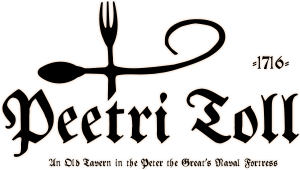
Tavern Peetri Toll is trying to go back in time and bring visitors to the time of Northern War. Certainly, it is not an easy task, because the stages in the history of Paldiski were strongly shaken.
The saga of Paldiski name
Before telling you a history of Paldiski, let us tell you the story of its name.
Paldiski is not the original name of the area. Although the first known Estonians settlements refer to X-XII centuries, their names were not preserved. The oldest known name of this area – Rogerwiek (Rågervik) comes from the Swedes, who at the end of XIII century started here to build their settlements along the seashore. So did the territory of the present Paldiski and its bay worn a name of “Rogerwiek” until the year of 1762, when Catherine II renamed it to “Baltiyskiy Port” (in translation – Baltic Port). “Paldiski”, the Estonian pronunciation of the Russian word “Baltiskij”, became the town official name in 1933. In September 1939, the City Council chose for a town a new name – “Lahe” (in translation – Gulf), but due to complicated historical events, it never got in use.
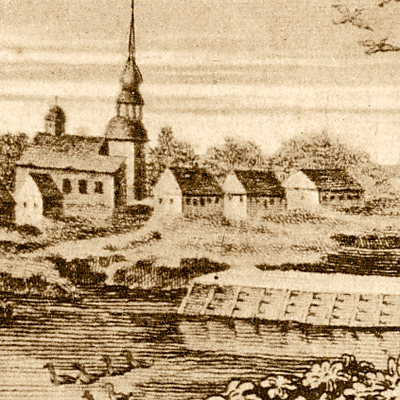
A settlement and a bay Rogerwiek
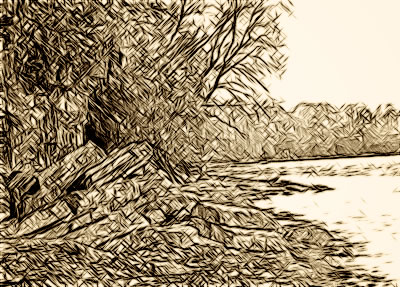
Rogerwiek Bay was used by Estonians as a port from ancient times. As mentioned above, the Swedes felt a great interest to these coastal areas and already at the end of XIV century started to build along the seashore their settlements.
The Swedes valued highly the location of Rogerwiek and a small fortress and a wharf were built.
Peter the Great
During the reign of Peter I, willing to acquire the access to the Baltic Sea, which at that time was mostly dominated by Sweden, in 1700 Russia got involved in the Great Northern War.
Initially, Russian fleet was based in Kronstadt harbor on the Kotlin Island near St. Petersburg, where because of the icing situation ships stayed hostage for several months during the winter period. Therefore, even during the war in 1710, Peter was concerned with finding a new more favorable location for his naval base. Search mission’s conclusions were disappointing.
Rogerwiek was the only place they have picked. It didn’t freeze during the winter, but its coast was completely unsuitable for construction of the fortress. Five years later czar took part in another prospecting expedition himself and made a crucial decision to build here a port and military fortress.
On July 23, 1718 the Peter the Great solemnly threw a stone into the bay marking the beginning of the construction of the protective water break between the peninsula and islands. This day is considered the founding date of the town.
The war ended in 1721 with a victory of Russia. Swedes tried to insert a clause prohibiting construction in Rogerwiek Bay into the piece treaty, but did not succeed. The construction works of fortress have begun.

Constraction of the fortress
Peter I with his own hand made a draft of the fortress and a defending breakwater.
One navel fortress was planned to be built on the peninsula and another on Väike-Pakri Island. The protective breakwater was envisioned to be between the peninsula and island with the naval and commercial harbor behind it.
By the year 1723 the construction results were impressive. A house for the czar along with 68 barracks, 8 officer’s residential buildings, church, 6 windmills and harbor wave breaking structures were built. Czar visited the construction site and was satisfied with the process.
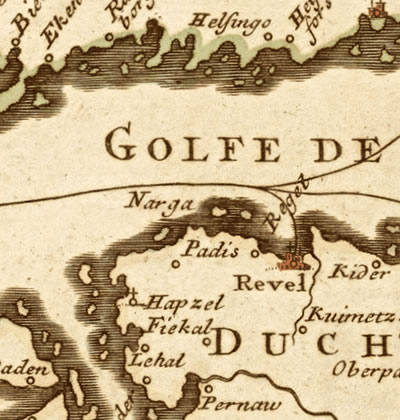
The end of the fortress
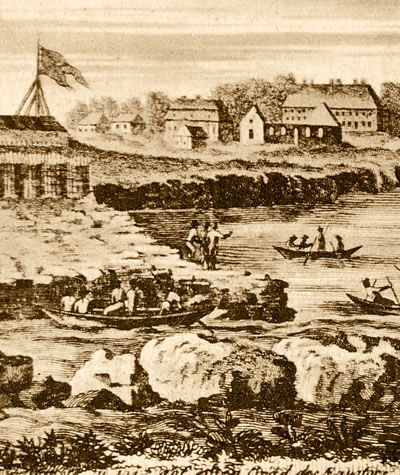
If Peter the Great were to live longer, this project would have probably brought to the final stage. However the Imperator passes away in 1725 and construction works in Rogerwiek were ceased.
His daughter Empress Elizaveta Petrovna visited Rogerwiek In 1746 and made a decision to continue works. However, they were stopped again with the death of new construction supervisor – von Bradke..
Last effort to complete this expensive project has made Catherine II in 1762. She renamed the town of Rogerwiek to «Baltiyskiy Port» (in transaction – Baltic Port) and appointed a new supervisor – general von Münnich. But in 1768 Seanad took a decision in favor to Kronstadt and all works in Baltiyskiy Port were ceased.
Commercial port
Although the Baltiyskiy Port lost a status of naval fortress, the cargo port stayed to be harbour with national importance. After the construction of the railway freight turnover increased so much, that it became the third biggest in the whole Russian Empire.
With a creating of Republic of Estonia in , local importance Baltiyskiy port significantly decreased and it turned to fishing harbor. Transit trade to Russia, which in former times was caused by a large cargo turnover ceased completely. Despite the exports of agricultural products and Vasalemma’s marble, the functioning capacity was relatively low.
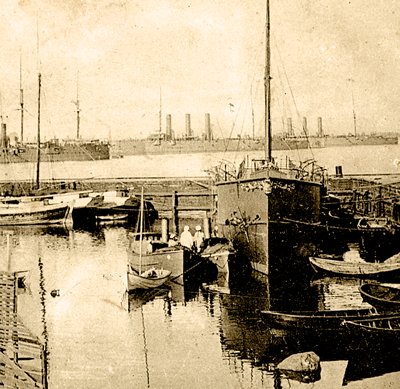
Peetri Toll
Tavern Peetri Toll was built as a customs office for the harbour. It operated in the same building until the overthrow of the Russian Czar Nicholas II.
The dramatic changes were brought by the Soviet occupation of Estonia, which made the town of Paldiski in 1962 a closed military base with a top-secret training center with a two nuclear submarine reactors on land. The local population was driven out of the city and all the peninsula was literally closed with the barbed wire.
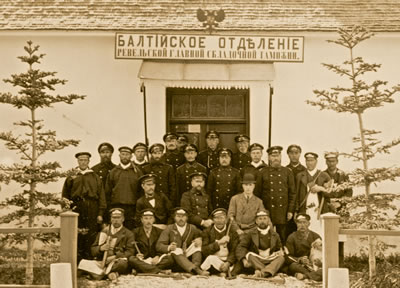
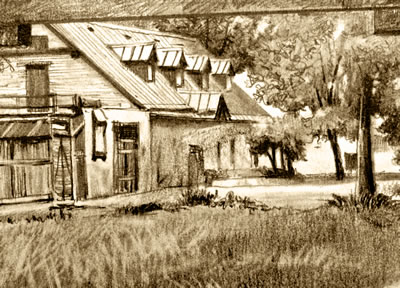
We tried to restore the historical building of customs house with our own efforts and strength to bring back the historic flavor of passed time.
Despite the fact that after the Northern War Estonia was the part of Russian Empire, German nobility still were dominant here. Tavern Peetri Toll is trying to bring back to live this interesting cultural mix of Russian, Estonian and Baltic German culture.


